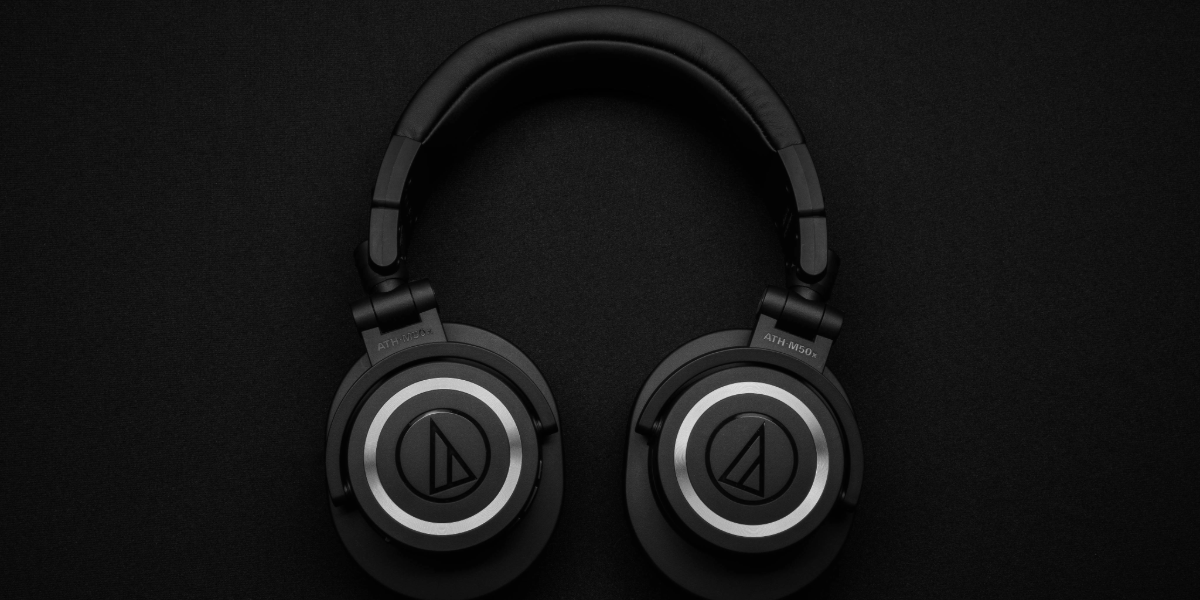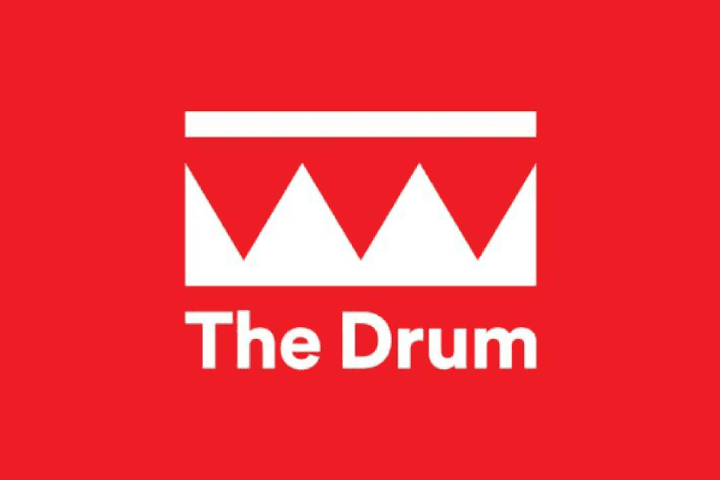We’ve all heard it before: third-party data is out, first-party data is in, and contextual advertising is the future. The shift is undeniable; however, many discussions still revolve around the most basic examples, such as hearing an ad for workout gear while listening to an exercise playlist. Yes, that’s a good use of contextual targeting, but how do we move beyond the obvious? How can brands refine these contexts to make their ads feel not just relevant but valuable?
Beyond the Basics: First-Party Data and Contextual Targeting in Action
The key isn’t just knowing what someone likes—it’s understanding when and how to deliver a message that resonates and creates meaningful connections. Instead of relying on broad strokes, brands and publishers today should harness first-party data and contextual intelligence to create and deliver hyper-targeted, privacy-compliant ad experiences.
For example, it’s now possible to combine location targeting with weather insights for an even more focused and personal approach. If it’s a rainy day in a specific neighborhood, food delivery apps can reach listeners staying in, while auto service brands can target regions hit by storms with reminders for repairs or checks. By tapping into real-world context, audio ads don’t just show up at the right time—they actually make sense in the moment, feeling more like helpful tips and less like background noise.
Why First-Party Data is More Valuable than Ever
With more users opting out of traditional tracking, first-party data has become the gold standard for delivering relevant ads—without compromising privacy. Brands and publishers that leverage their own data—such as listening behavior, purchase history, and preferences—can deliver personalized messages without relying on third-party cookies.
And the impact is clear:
- 71% of brands, agencies, and publishers are expanding their first-party data strategies, moving away from their historically heavy reliance on third-party audiences.
- Brands adopting personalization have grown by 50%, with budgets increasing by 29% in 2024 compared to the previous year.
- Culturally relevant ads generate a 156% greater emotional impact, according to a study by MAGNA Media Trials and SiriusXM Media, “Challenging the ‘One & Done’ Approach: Connecting Culturally Through Digital Audio.
The best part? With first-party data, publishers regain control of all online interactions across their content. At the same time, brands can use highly relevant touchpoints for their messaging, making it a win-win for both parties.
Contextual Targeting is Refining the Moment, Not Just the Audience
Having data is just the first step—what really matters is how you put it to work. A great ad should feel like a natural part of the experience, not something that disrupts it. Think about it: Delivering an ad for a sunrise yoga retreat to listeners streaming a meditation playlist can hit all the right notes–and feel downright serendipitous. Contextual targeting has evolved far beyond simply aligning ads with general content categories. Modern platforms now ensure ads fit the content but also the listener’s mindset and environment. With 60% of targeting dimensions on AdsWizz’s platform already contextual—based on impressions run on the platform—it’s clear that hyper-relevant messaging is the new norm.
This is where contextual targeting truly shines, allowing brands to craft hyper-relevant ads that feel seamless, timely, and genuinely useful to listeners.
Mood-based targeting
Music sets the tone for how people feel—whether that’s pumped up, chilled out, or somewhere in between. Studies show that during stressful periods, listeners actively turn to music as a coping mechanism, reinforcing the idea that audio content is deeply tied to emotional states. The AdsWizz mood library has over 60 million songs across nine mood segments, including one called Angsty—because sometimes you just need to embrace the vibe. Imagine someone blasting some Metallica, the last thing they want is a bubbly ad for cherry-flavored lipgloss. The right ad at the right time doesn’t just resonate—it respects the mood.
Weather-based targeting
Weather shapes moods, cravings, and shopping decisions. A cold, rainy Friday evening? Perfect for a cozy comfort food delivery ad. A high UV index? A well-timed reminder to grab that sunscreen. And when temperatures drop at higher altitudes, it’s the ideal moment to nudge listeners toward warm sweaters or ski boots.
Our platform updates live weather data every 60 minutes, ensuring ad messaging aligns with real-time conditions. By staying relevant in the moment, brands can personalize their approach and maximize impact—because no one wants to hear about ice-cold lemonade when they’re snowed in.
Location-based targeting
Location targeting isn’t just about hitting a city or zip code anymore—it’s about meeting listeners exactly where they are. You wouldn’t find an ad for snow boots useful when you’re sweltering at an outdoor summer concert, now would you? Our platform goes beyond standard geographic targeting with precision tools that let advertisers reach people down to a concert venue, a student campus, or even a vintage fair. With real-time data, location-based targeting makes ads feel appropriate and, most importantly, valuable.
Podcast Contextual Targeting
Not all podcast listeners are created equal. Some are crunching finance news, others are knee-deep in true crime, and a select few are fully committed to the art of artisanal sourdough. But here’s the thing—just because someone’s tuning into a day-trading podcast doesn’t mean they’re not shopping for hiking boots.
Through our partnership with Comscore, we go beyond podcast genres to match consumer preferences with real behavioral insights. With over 300 audience segments spanning TV viewership, gaming habits, life stages, and more, you’re not just casting a wide net—you’re dropping your line exactly where the right listeners are biting.
Bringing It All Together: Smarter, More Relevant Audio Ads
The days of one-size-fits-all audio advertising are over. The real magic happens when first-party data meets contextual targeting, creating privacy-friendly, high-impact campaigns that actually make listeners pay attention—without feeling like an interruption.
The brands winning in 2025 and beyond won’t be the ones using contextual targeting at a surface level—they’ll be the ones refining it, using it dynamically, and making every impression count. If you’re not already embracing these strategies, now is the time to start.
Ready to Take Your Audio Advertising to the Next Level?
Download The State of Audio Adtech Report 2025 for more exclusive insights on the latest trends and strategies shaping the future of digital audio.
by Alexandra Ilie, Senior Product Marketing Manager



